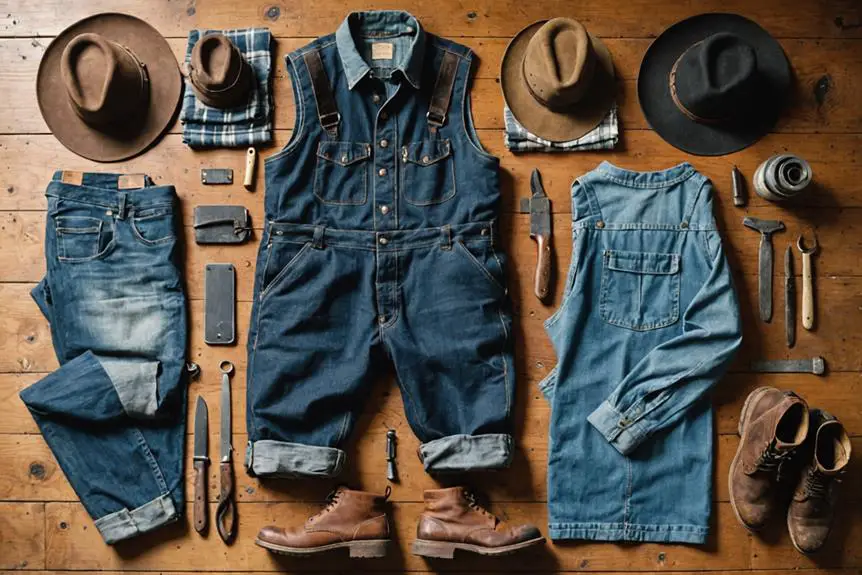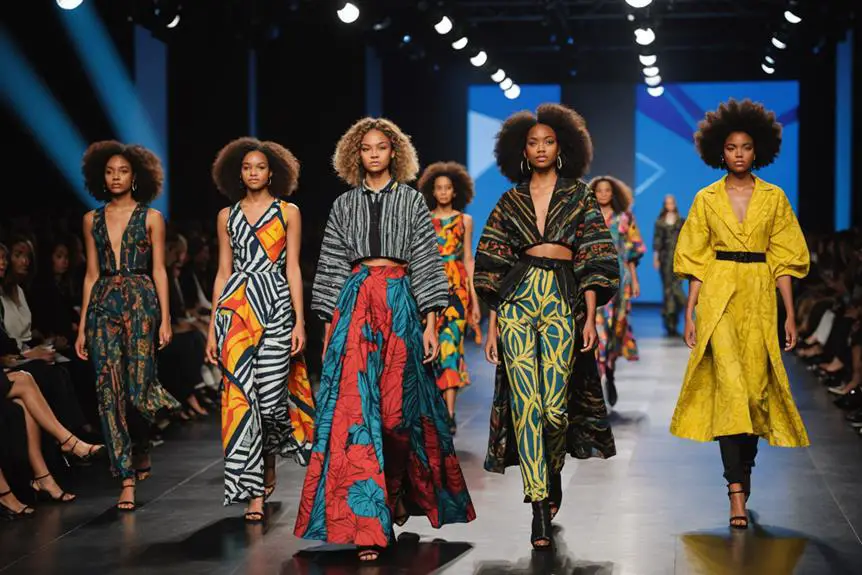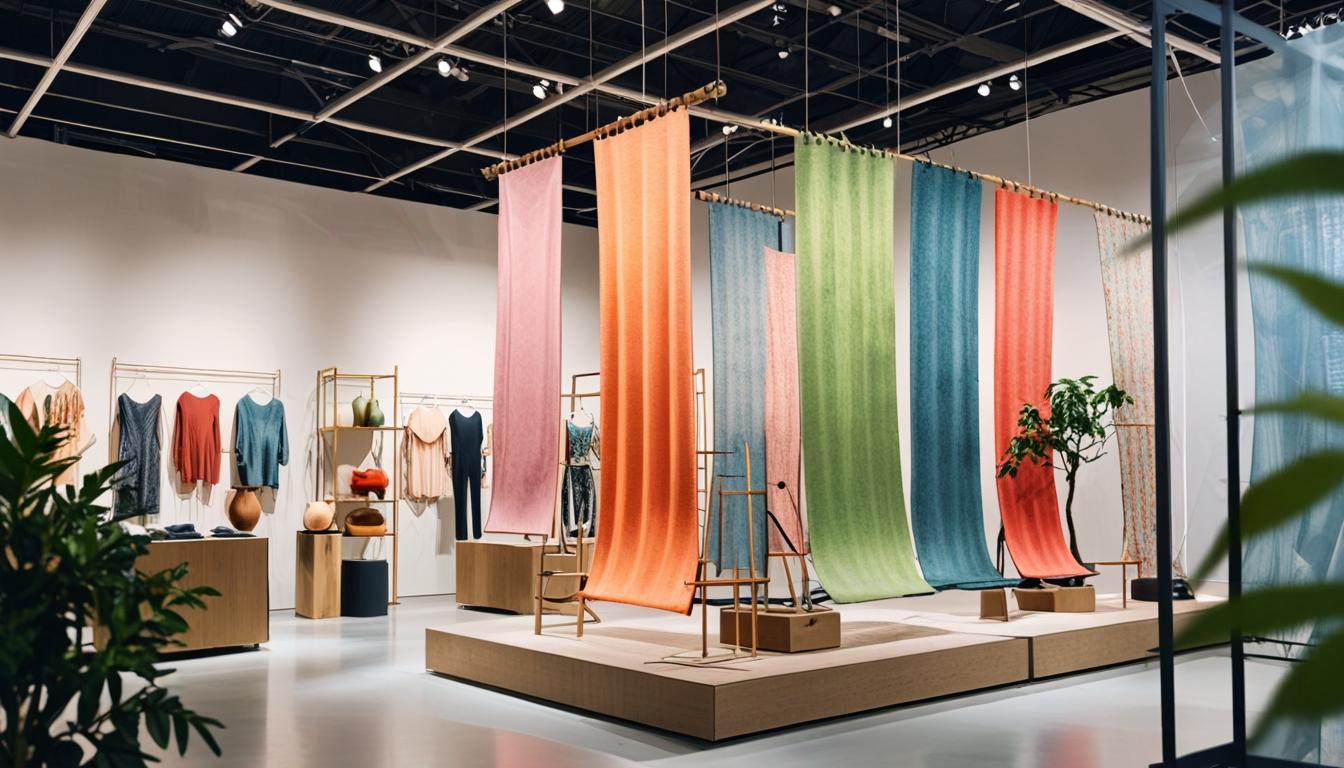You might think workwear is just a boring necessity, but its history is more fascinating than you'd expect. Emerging from the gritty realities of the 19th century, workwear has undergone transformations that reflect broader social changes and technological advancements. As the Industrial Revolution set the stage, the evolution into what we wear today reveals a complex interplay between functionality and fashion. What happens next in this story of fabric and function might surprise you, especially as we explore the modern landscape where workwear meets high-end design.
Origins of Workwear
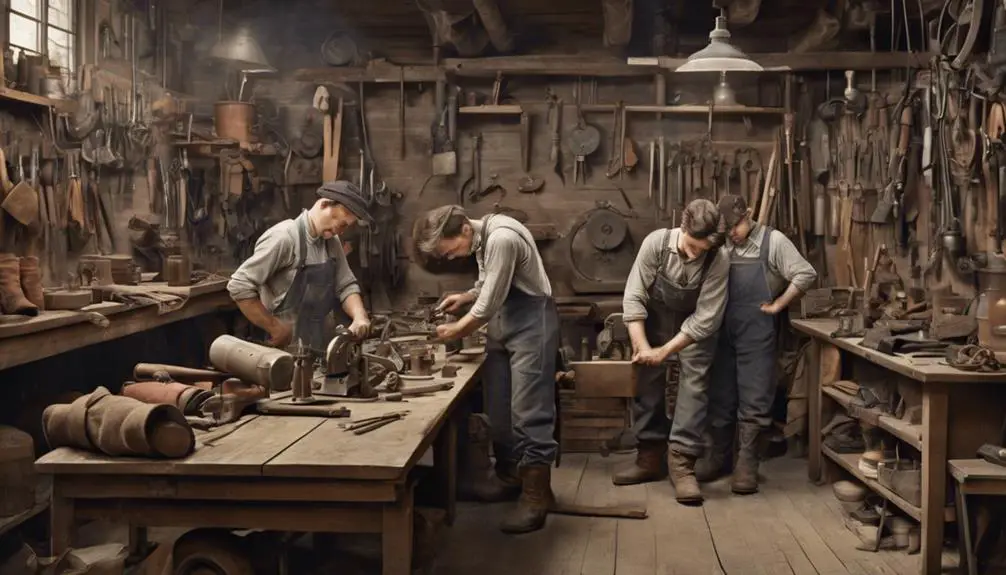
Workwear has its roots firmly planted in the 19th century, where practical clothing was essential for manual laborers in fields and factories. Imagine a time when people worked hard, day in and day out, in clothes that were meant to last. Early workwear was often handmade or tailored locally, using heavy fabrics like cotton and wool. They prioritized function over fashion, because when you're toiling away, you want something that'll protect you, right? In the context of brands, vintage tag identification can offer insights into the evolution of workwear styles and their significance.
Now, let's talk about the Industrial Revolution. This was a game-changer! With mass production techniques kicking in, workwear began to standardize. You could walk down the street and see folks rocking denim jackets and sturdy canvas pants—symbols of hard work and resilience. Think about Levi Strauss and Jacob Davis introducing denim jeans in the 1870s. They weren't just pants; they became part of the history of workwear, representing the spirit of the American worker.
As work evolved, so did the styles. You'd see unique designs for different jobs, like flat caps for British manual laborers and corduroy pants for a bit of flair. Isn't it fascinating how clothing can tell stories about the people who wore them? The origins of workwear remind us that behind every piece of clothing, there's a tale of hard work, dedication, and a touch of grit. So next time you throw on that denim jacket, remember you're part of a long tradition!
Industrial Revolution Influence
You might not realize it, but the Industrial Revolution totally changed the way people dressed for work! With mass production techniques kicking in, standardized workwear became the norm, and suddenly, denim wasn't just for cowboys—it was the go-to fabric for hard workers everywhere. Isn't it cool how those rugged blue jeans and sturdy boots not only served a purpose but also created a sense of identity among workers?
Mass Production Techniques
The Industrial Revolution revolutionized the way clothing was produced, particularly in the domain of workwear. Thanks to this era, mass production techniques took center stage, making it possible to churn out uniforms like never before. Imagine factories pumping out denim jackets and sturdy work boots, all designed for the hardworking folks in factories and fields.
With the rise of these factory settings, everyone started looking pretty similar, but in a good way! Uniformity created a sense of identity among workers, fostering camaraderie on the job. Who wouldn't feel a little more connected when you're all rocking the same stylish yet functional gear?
This time also marked the birth of iconic pieces like blue jeans, which have become a staple in workwear culture and beyond. You've got to appreciate how these durable materials, like canvas and denim, stood the test of time.
Mass production didn't just make workwear more affordable, it also shifted the focus from fancy, handcrafted clothing to practical designs that really worked for the working class. So next time you slip on that denim jacket, remember the revolution that made it all possible!
Standardized Workwear Designs
Standardized workwear designs emerged as a direct response to the demands of the Industrial Revolution, shaping the clothing landscape for laborers everywhere. Envision this: factories filled with workers, all wearing similar outfits. This wasn't just about looks—it fostered a sense of identity and unity among them. You could spot a group of laborers in their denim jackets and blue jeans, and instantly get a feel for their hard-working spirit.
Denim and canvas were the go-to materials back then, prized for their durability and practicality. Who wouldn't want clothes that could withstand the rigors of the job? Plus, iconic items like blue jeans and sturdy work boots became symbols of this workwear culture. They embodied the ethos of hard work and resilience.
And let's not forget the 20th century, when synthetic materials made their debut! These advancements allowed for specialized designs to meet various needs in different jobs. Imagine your favorite jeans getting an upgrade to handle more than just looking good. Pretty cool, right? So, the next time you throw on your denim jacket, remember it's not just fashion; it's a piece of history.
Denim's Cultural Significance
As standardized workwear designs took hold during the Industrial Revolution, denim emerged as a fabric that transcended its utilitarian roots. You see, denim wasn't just tough; it became the fabric of choice for workers who faced grueling conditions in factories and farms. In the 1870s, Levi Strauss and Jacob Davis created the first riveted denim pants, and suddenly, these jeans weren't just work clothes—they became a symbol of resilience and hard work.
By the mid-19th century, workers wore denim not only for its strength but also because it represented their identity as part of the labor movement. Fast forward to the 1950s and '60s, and denim took on a rebellious twist, thanks to icons like James Dean and Marlon Brando. Suddenly, it wasn't just a work fabric anymore; it was a cultural artifact, a statement of freedom and youth.
Today, denim still balances functionality and style. It influences fashion trends and modern workwear across various industries. So, whether you're rocking a pair of jeans on a night out or wearing them on the job, you're part of denim's amazing journey!
20th Century Transformations
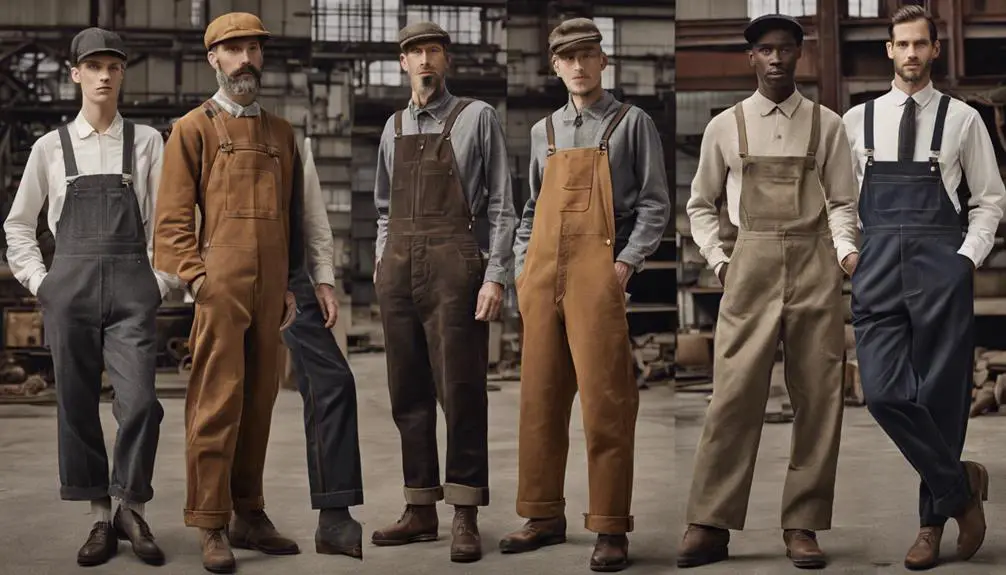
Let's talk about how workwear really transformed in the 20th century! With the rise of synthetic materials, clothing became way more functional and even stylish. Can you believe that items like denim jackets went from being practical for hard work to must-have fashion pieces?
Synthetic Material Innovations
How did synthetic materials revolutionize the workwear industry in the mid-20th century? Well, let's explore! The introduction of synthetic materials like polyester and nylon was a game-changer. These fabrics brought incredible durability to workwear, making it tougher against wear and tear, and even weather conditions. Imagine wearing something that keeps you dry and comfy while you're working hard—sounds great, right?
These synthetic materials also meant lighter, more breathable clothing. As work environments evolved, comfort became essential. Plus, innovations like moisture-wicking and quick-drying fabrics boosted safety and performance in various industrial settings. Who wouldn't want to stay dry and cool on the job?
This shift away from traditional heavy cotton and wool opened the door to mass production, making workwear more accessible and affordable for everyone. And here's the kicker: as we moved into the late 20th century, high-end designers started blending fashion with function. They began incorporating synthetic materials into stylish collections, blurring the lines between utilitarian gear and trendy outfits. So, the next time you put on your workwear, remember—it's not just practical; it's also a product of some pretty cool innovations!
Fashion Integration Trends
The mid-20th century laid the groundwork for a fascinating shift in workwear, leading to its integration with high fashion. You might've noticed that denim jackets, once just practical, became fashion staples embraced by various subcultures. How cool is that? In the 1980s, donkey jackets and Doc Martens popped up as symbols of cultural identity, showing just how workwear elements can shape style.
Fast forward to today, and we see smart casual workwear taking over modern offices. It's all about blending functionality with fresh fashion vibes. Designers are reinterpreting classic workwear pieces, making them appealing to both hardworking folks and trendsetters alike. Brands like Carhartt even team up with high-fashion labels—what a combo!
And let's not forget the growing trend of sustainability. Nowadays, more people want stylish clothing that's also responsible. It's about time, right? This shift means you can look good while feeling good about your choices. So, whether you're rocking a rugged jacket or a sleek pair of boots, remember that workwear isn't just for the job site anymore; it's a part of your unique style!
Revival of Heritage Styles
Reviving heritage styles in workwear has captivated many, as consumers increasingly crave authenticity and craftsmanship in their clothing choices. It's like a refreshing change, reminding us that quality can still mean something in today's fast-paced fashion world. Vintage-inspired workwear isn't just for the tough guys anymore; it's a trend that's appealing to everyone! As brands like Carhartt continue to innovate and adapt, they showcase how enduring styles can merge with modern needs. You might be wondering what makes these styles so special. Here are some reasons why they've come back in full swing:
- Timeless Designs: Classic garments like chore coats and overalls not only look cool but are built to last.
- Durability Meets Style: Brands like Carhartt have shown that workwear can be both functional and fashionable. You can rock sturdy boots while looking effortlessly chic!
- Sustainability Matters: More folks are leaning into ethical production and sustainable practices, making heritage styles a smart choice for the planet.
- Storytelling: Each piece of workwear has its own history, letting you wear a narrative that resonates with your own life experiences.
This revival is all about celebrating authenticity. You're not just wearing clothes; you're choosing to tell a story, to honor craftsmanship, and to embrace styles that have stood the test of time. So, why not explore the world of heritage styles? You might just find the perfect piece that speaks to you!
Modern Workwear Trends
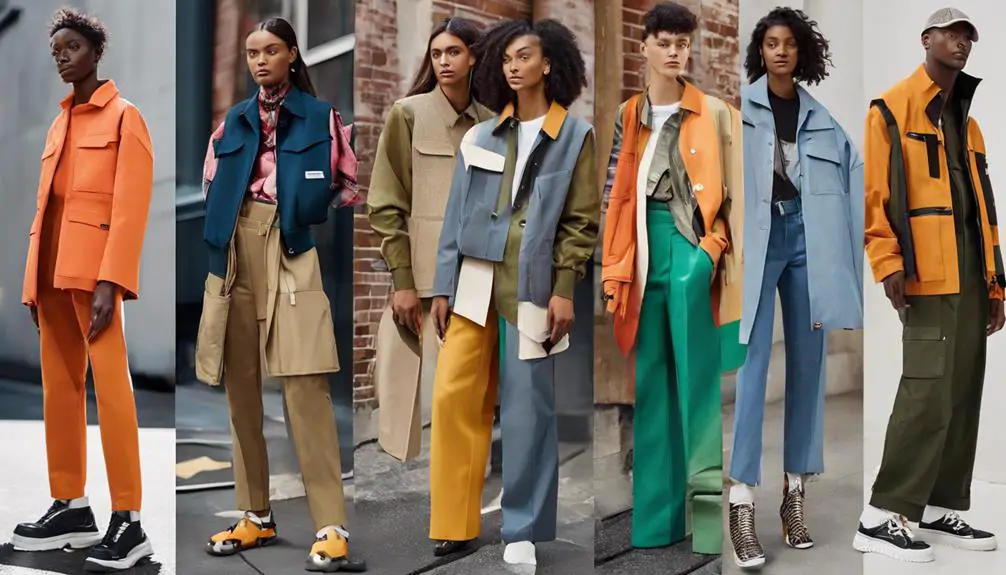
As workwear blends into everyday wardrobes, modern trends are shaking things up with fresh styles that cater to today's diverse needs. You might've noticed the rise of "smart casual" looks, where traditional work clothing meets streetwear vibes. It's all about feeling comfortable yet professional, right? This shift gives you tons of options, whether you're headed to the office or grabbing coffee with friends. Remarkably, brands with a rich heritage, like Ralph Lauren's vintage aesthetic, are influencing contemporary designs, adding an element of classic style to the modern workwear landscape.
E-commerce platforms are making stylish workwear super accessible, especially for younger folks like you who want both functionality and aesthetics. And here's the kicker: sustainability is now a big deal! You're probably hearing more about sustainable materials in workwear. Consumers like you want clothing that's not just stylish but also kind to the planet. So why not wear something that makes you look good while helping the environment?
Customization is another trend you can't ignore. More brands are letting you personalize your workwear, so you can pick styles that reflect your unique taste. You can mix and match, and even add your flair. Brands like Carhartt and Patagonia are leading the charge, offering rugged yet modern designs that appeal to everyone, from blue-collar workers to fashion-forward individuals.
Workwear in Fashion
Workwear has seamlessly slipped into the domain of high fashion, reshaping how you view style and functionality. This evolution can be traced back to iconic products like the 874 Original Work Pant, which has transcended its utility roots to become a fashion staple embraced by various subcultures. Who would've thought that those rugged, durable pieces once reserved for laborers would become fashion staples? Today, workwear is everywhere, from the runway to your favorite street corner. You might be surprised to see how these practical items blend effortlessly into your wardrobe.
Here are four must-have workwear pieces you should consider adding to your collection:
- Chore Coats: These versatile outerwear pieces are perfect for layering. Plus, they have pockets galore – a total win for anyone on the go!
- Work Boots: Not just for construction sites anymore, these sturdy shoes can add an edgy touch to any outfit. Comfort and style? Yes, please!
- Lumberjack Flannels: Embrace that cozy vibe with a stylish flannel shirt. It's a classic that never goes out of style.
- Leather Shoulder Patches: These little details add a rugged charm to any look. It's like giving your outfit a personality!
Fashion designers are embracing these elements, making them chic and trendy. Brands like Carhartt and Dickies have expertly blended workwear with high fashion, appealing to both blue-collar workers and style-savvy folks. As noted in their brand history, Dickies has evolved to become a global leader in rugged workwear. So, whether you're heading to the office, out with friends, or just chilling at home, remember—workwear isn't just functional, it's a fashionable statement, too!
Market Dynamics and Key Brands
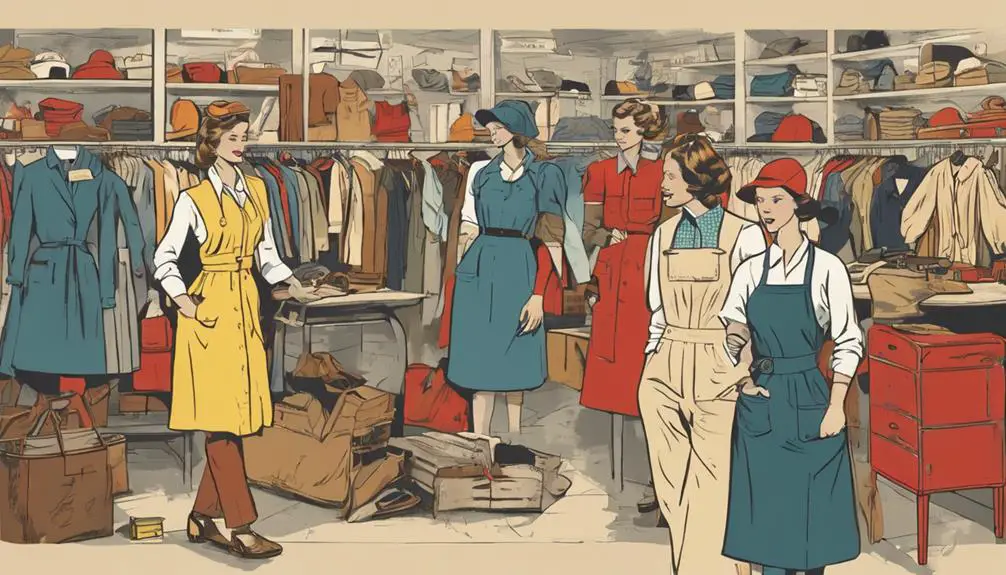
The growing trend of workwear in high fashion has sparked significant shifts in the market dynamics surrounding this sector. You might not realize it, but the global workwear market is set to grow big time by 2025! Why? Well, there's an increasing demand for safety and protective clothing across various industries. Plus, e-commerce platforms make it super easy for you to find stylish workwear options, especially if you're part of the younger crowd. Who said you can't look good while doing manual labor?
Customization is the name of the game these days. People want their workwear to reflect their personal style, and brands are catching on fast. You can see this trend with companies like Carhartt and Dickies, known for their rugged, durable clothing that keeps you looking sharp while working hard. Then there's Patagonia, which focuses on sustainable options—perfect for eco-conscious folks! And let's not forget Levi Strauss, who cleverly blends classic denim with workwear aesthetics. Talk about a fashion win!
Don't overlook the growing segment for women in the workwear market, either. Stylish yet functional options are increasingly available, making it clear that workwear isn't just for the boys anymore. So, whether you're in the office or on a construction site, there's something out there for you that fits your style and needs. Ready to plunge into this exciting world?
Future of Workwear
Revolutionizing the way you think about workwear, ongoing innovations in fabric technology and design are merging practicality with modern aesthetics. Imagine slipping into something that not only looks good but also feels great and protects you! The future of workwear is all about combining sustainability with functionality. More brands are focusing on ethical production practices, meaning your choices can reflect your values while keeping you stylish.
So, what can you expect moving forward? Here are four exciting trends to watch:
- Innovative Fabrics: Expect materials that breathe, stretch, and even repel stains. Yes, please!
- Smart Technology: Imagine clothes that can monitor your body temperature or track your movement. It's like having a personal assistant right on your back!
- Fashion-Forward Designs: High-end designers are reimagining classic styles, so you'll look great whether you're at work or out with friends.
- Sustainable Choices: Brands are using recycled materials and eco-friendly processes, giving you the chance to look good and feel good about your impact on the planet.
With the global workwear market projected to grow considerably, you're in for a treat! The future's bright, and it's filled with options that cater to your needs, preferences, and conscience. So, are you ready to step into this stylish revolution?
Frequently Asked Questions
When Did Workwear Begin?
You'll find workwear began in the 19th century, shaped by labor culture and the industrial evolution. It prioritized functional fashion, providing practical clothing for manual workers, reflecting the era's demands for durability and utility in attire.
When Were Work Uniforms Invented?
Work uniforms emerged in the mid-19th century, fueled by industrial safety needs and labor movements. Textile innovations led to durable designs, offering workers protection and a sense of identity while they toiled in various industries.
What Is the History of the Work Wear Corporation?
You'll discover that Work Wear Corporation's history reflects the workwear evolution, focusing on corporate branding and adapting to safety regulations. Their commitment to quality and innovation shaped durable clothing for blue-collar workers across various industries.
Why Is French Workwear Blue?
When you think of French culture, the blue of workwear dances like a painter's brushstroke. This color embodies textile tradition and color symbolism, masking dirt while representing the hardworking spirit of laborers throughout history.
